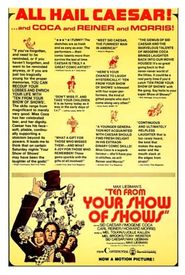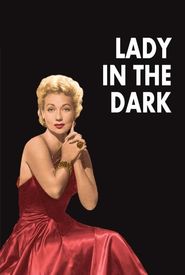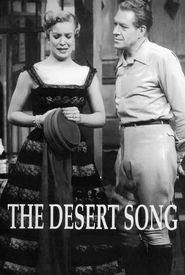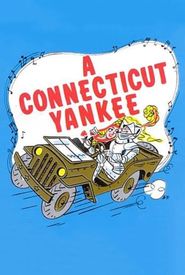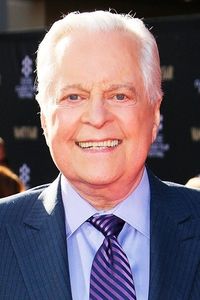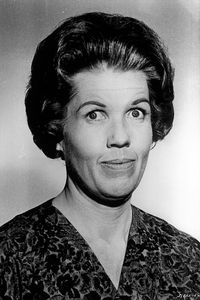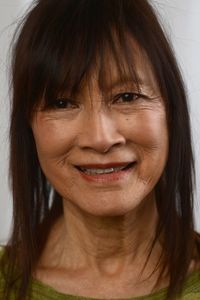Max Liebman, a multifaceted artist, made his mark on the entertainment industry as a producer, director, and composer, with a career spanning from the 1930s to the 1960s. He is most renowned for creating the iconic TV variety show "Your Show of Shows" in 1950, which catapulted the careers of Sid Caesar, Imogene Coca, Carl Reiner, Howard Morris, Nanette Fabray, and writers Mel Brooks, Neil Simon, and Mel Tolkin.
Liebman's journey in the entertainment industry began in 1936, when he wrote sketches for the short-lived Broadway show "The Illustrators' Show". Three years later, his original comedy "Off to Buffalo", co-written with Howard Boretz, also failed to impress, closing after seven performances. However, his fortunes changed in 1939 when he wrote the book and staged the production of the musical "The Straw Hat Revue", which ran for 75 performances and featured notable contributions from Danny Kaye, Jerome Robbins, and Imogene Coca.
In 1941, Liebman's next musical revue, "Crazy With the Heat", enjoyed two stints on Broadway, initially closing after seven performances before reopening later that month to run for an additional 92 shows. Later that year, he wrote additional numbers for the musical comedy "Let's Face It!", which boasted songs by Cole Porter and a standout performance by Danny Kaye, and went on to run for 547 performances.
Liebman's success was not without its setbacks, as he produced the drama "Autumn Hill" in 1942, which closed after a week's engagement of eight shows. However, he bounced back with "Wine, Women and Song", a two-act revue featuring elements of burlesque and vaudeville, which ran for 150 performances.
In addition to his work on Broadway, Liebman also produced musical revues at Taminant, a Poconos Mountain resort that was part of the famous "Borscht Belt", which nurtured many of the 20th century's greatest comedians. After the war, he directed the sketches in "Make Mine Manhattan", a 1948 musical revue featuring Sid Caesar as the show's top banana, which ran for 429 performances.
Liebman's foray into television began with "The Admiral Broadway Revue" in 1949, before he helped create TV history with "Your Show of Shows" in 1950. As a producer, he remained active on TV throughout the 1950s and into the 1960s, with his last notable gig being the coordinating producer of "Jackie Gleason: American Scene Magazine" in 1962.

